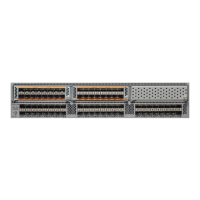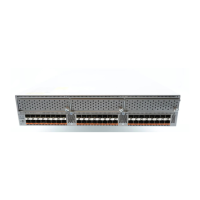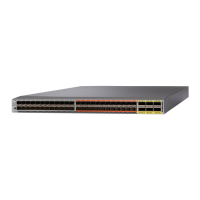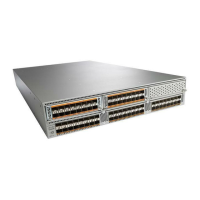Send feedback to nx5000-docfeedback@cisco.com
1-10
Cisco Nexus 5000 Series Switch CLI Software Configuration Guide
OL-16597-01
Chapter 1 Configuring MST
Configuring MST
• Specifying the MST Name, page 1-12
• Specifying the MST Configuration Revision Number, page 1-13
• Mapping and Unmapping VLANs to MST Instances, page 1-15
• Mapping Secondary VLANs to Same MSTI as Primary VLANs for Private VLANs, page 1-16
• Configuring the Root Bridge, page 1-16
• Configuring a Secondary Root Bridge, page 1-17
• Configuring the Port Priority, page 1-18
• Configuring the Port Cost, page 1-19
• Configuring the Switch Priority, page 1-20
• Configuring the Hello Time, page 1-21
• Configuring the Forwarding-Delay Time, page 1-22
• Configuring the Maximum-Aging Time, page 1-22
• Configuring the Maximum-Hop Count, page 1-22
• Configuring PVST Simulation Globally, page 1-23
• Configuring PVST Simulation Per Port, page 1-23
• Specifying the Link Type, page 1-24
• Restarting the Protocol, page 1-25
MST Configuration Guidelines
When configuring MST, follow these guidelines:
• When you work with private VLANs, enter the private-vlan synchronize command to map the
secondary VLANs to the same MST instance as the primary VLAN.
• When you are in the MST configuration submode, the following guidelines apply:
–
Each command reference line creates its pending regional configuration.
–
The pending region configuration starts with the current region configuration.
–
To leave the MST configuration submode without committing any changes, enter the abort
command.
–
To leave the MST configuration submode and commit all the changes that you made before you
left the submode, enter the exit command.
Enabling MST
You must enable MST; Rapid PVST+ is the default.
Note Changing the spanning tree mode disrupts traffic because all spanning tree instances are stopped for the
previous mode and started for the new mode.

